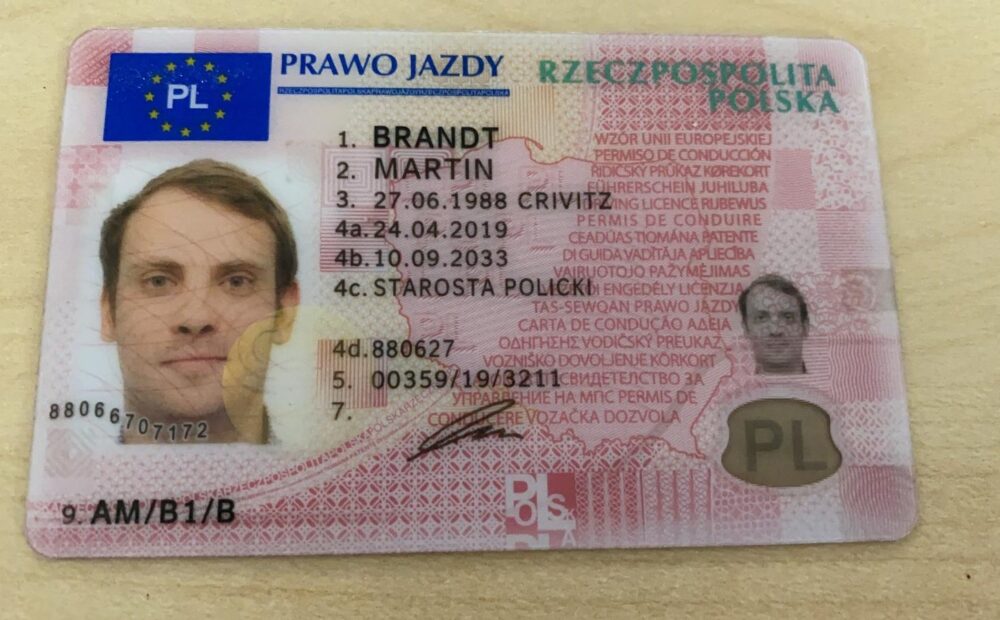4 Dirty Little Secrets About Driving License Store Industry Driving License Store Industry
The Evolution of Driving License Storage: A Comprehensive Guide
In the ever-evolving landscape of technology and administration, the method we manage and save our driving licenses has gone through significant modifications. From traditional paper cards to digital formats, the journey of driving license storage shows broader patterns in identity management and security. This short article explores the history, current practices, and future potential customers of driving license storage, supplying a comprehensive overview for both people and policymakers.
A Brief History of Driving Licenses
The principle of a driving license go back to the early 20th century when vehicles started to gain appeal. Initially, driving licenses were simple papers or metal plates released by local authorities. These early licenses were typically handwritten and lacked the security includes we consider given today.
As the variety of lorries on the road increased, so did the need for more standardized and secure licensing systems. By the mid-20th century, many nations had adopted plastic cards with printed information and standard security features such as holograms and watermarks. These cards were more durable and harder to forge, however they still had constraints.
Present Practices in Driving License Storage
Today, driving licenses are normally kept in a mix of physical and digital formats. Here's a closer look at the current practices:
Physical Licenses
- Plastic Cards: Most countries issue driving licenses in the type of plastic cards. These cards are resilient and consist of a variety of security features to avoid counterfeiting.
- Holograms and Microprinting: Modern licenses typically include holograms and microprinting, which are tough to duplicate without customized equipment.
- Barcodes and QR Codes: Many licenses now consist of barcodes or QR codes that can be scanned to validate the authenticity of the document and access additional details.
Digital Licenses
- Mobile Apps: Some countries have presented digital driving licenses that can be stored on smartphones. These apps supply a protected and practical method to bring and present a driving license.
- Blockchain Technology: Blockchain is being checked out as a method to produce tamper-proof digital driving licenses. This technology guarantees that the details is immutable and can be verified without the requirement for a central authority.
- Cloud Storage: Some jurisdictions are try out cloud-based systems where driving license info is kept and accessed through protected online websites.
Advantages and Challenges of Modern Driving License Storage
The shift to modern driving license storage methods brings several benefits and challenges:
Benefits:
- Convenience: Digital licenses can be quickly accessed and presented utilizing a smartphone, eliminating the requirement to bring a physical card.
- Security: Advanced security functions and digital verification approaches make it harder to create or change driving licenses.
- Efficiency: Digital systems can streamline the procedure of releasing and renewing licenses, minimizing administrative burdens and wait times.
Challenges:
- Digital Divide: Not everybody has access to a smartphone or the web, which can develop variations in who can benefit from digital licenses.
- Personal privacy Concerns: Storing individual details in digital formats raises concerns about information personal privacy and security.
- Technical Issues: Digital systems can be susceptible to technical failures, such as server interruptions or app crashes, which can render a digital license momentarily unusable.
Future Prospects
The future of driving license storage is most likely to be formed by continuous technological advancements and changing societal requirements. Here are some prospective developments:
- Biometric Integration: Biometric information, such as finger prints or facial acknowledgment, could be integrated into driving licenses to improve security and personal recognition.
- Smart Contracts: Blockchain-based smart contracts could automate the process of license renewal and validation, making it more efficient and transparent.
- International Standardization: As more nations embrace digital driving licenses, there might be a push for worldwide requirements to guarantee interoperability and shared acknowledgment.
Frequently asked questions
Q: What are the main security functions of contemporary driving licenses?
- A: Modern driving licenses often consist of holograms, microprinting, barcodes, and QR codes. These functions make it hard to forge or change the license.
Q: Can I utilize a digital driving license instead of a physical one?
- A: It depends on the jurisdiction. prawo jazdy na kategorię b Karta Xpress Poland permit digital licenses to be used in location of physical ones, while others require both. Always check local guidelines.
Q: What should I do if I lose my driving license?
- A: If you lose your driving license, you must report it to the relevant authority right away. They will assist you through the procedure of acquiring a replacement.
Q: Are digital driving licenses secure?
- A: Digital driving licenses are generally safe, but they are not immune to technical issues or hacking. A lot of jurisdictions utilize file encryption and other security steps to protect the data.
Q: How can I protect my privacy with a digital driving license?
- A: To secure your personal privacy, utilize strong passwords, allow two-factor authentication, and be careful about sharing your digital license info. Additionally, remain notified about the data personal privacy policies of the app or service you use.
The development of driving license storage is a testimony to the ongoing developments in technology and administration. While physical licenses remain a common type of identification, the increase of digital licenses provides brand-new levels of benefit and security. As technology continues to advance, the future of driving license storage is most likely to end up being a lot more integrated and efficient, benefiting both individuals and society as a whole.
